Closed looped system
heavyoilguy
14 years ago
Related Stories

GREAT HOME PROJECTSHow to Add a Radiant Heat System
Enjoy comfy, consistent temperatures and maybe even energy savings with hydronic heating and cooling
Full Story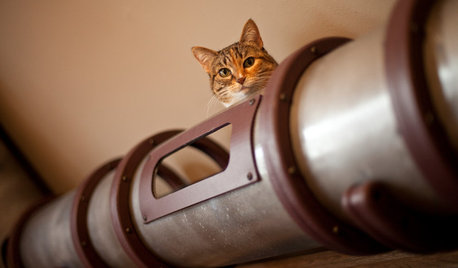
FUN HOUZZGeek Lab: How to Build a Steampunk Cat Transit System
Give your kitty another avenue for fun with a tubular walkway system that lets him go his own way
Full Story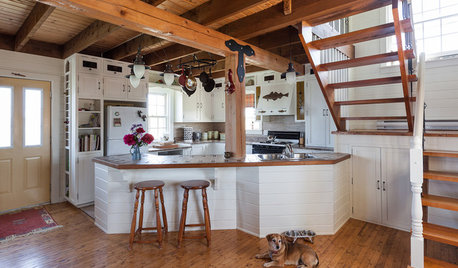
KITCHEN DESIGNOpen vs. Closed Kitchens — Which Style Works Best for You?
Get the kitchen layout that's right for you with this advice from 3 experts
Full Story
KITCHEN DESIGNHave Your Open Kitchen and Close It Off Too
Get the best of both worlds with a kitchen that can hide or be in plain sight, thanks to doors, curtains and savvy design
Full Story
GARDENING GUIDESHow to Install a Drip Irrigation System
Save time and water with a drip watering system in your vegetable garden — a little patience now will pay off later
Full Story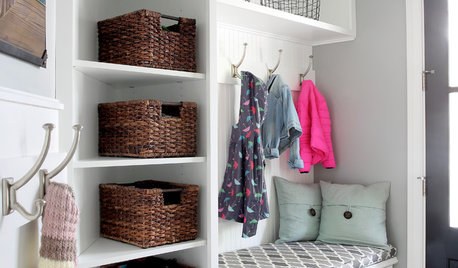
MOST POPULAROrganized From the Start: 8 Smart Systems for Your New House
Establishing order at the outset will help prevent clutter from getting its foot in the door
Full Story
HOUSEKEEPING5 Steps to Improve Your Heating System Now
Increase your heater's efficiency and safety for lower energy bills and greater peace of mind this winter
Full Story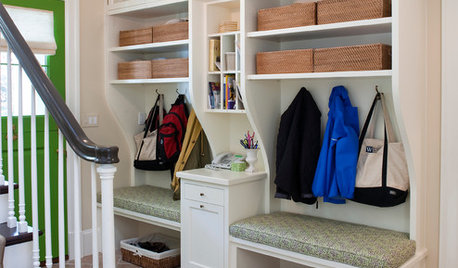
ORGANIZINGWant to Streamline Your Life? Get a System
Reduce stress and free up more time for the things that really matter by establishing specific procedures for everyday tasks
Full Story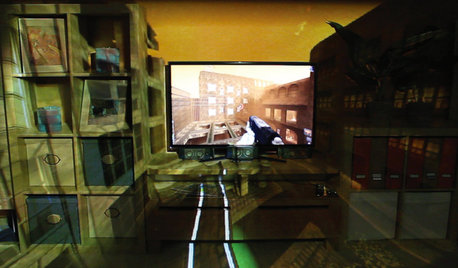
HOME TECHEmerging Virtual-Reality Home Systems Might Blow Your Mind
Get near-total immersion in home entertainment with virtual-reality gadgets worthy of a sci-fi flick, coming soon
Full Story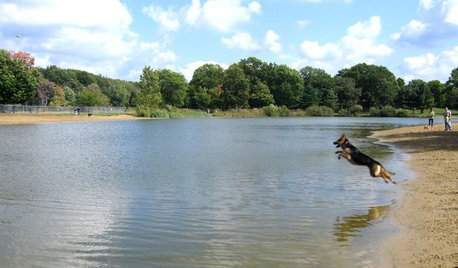
COMMUNITYDesigned for Dogs: 5 Fantastic Dog Parks Across the U.S.
Let your favorite pooch run wild at one of these specially designed public spaces. Not close by? Learn how to start a dog park yourself
Full Story







lehua49
heavyoilguyOriginal Author
Related Professionals
Fort Lee Landscape Architects & Landscape Designers · Sand Springs Landscape Architects & Landscape Designers · Frisco Landscape Contractors · Wilmington Landscape Contractors · Commack Landscape Contractors · Elkridge Landscape Contractors · Franklin Landscape Contractors · Palos Verdes Estates Landscape Contractors · Placerville Landscape Contractors · Ramsey Landscape Contractors · South Hackensack Landscape Contractors · University City Landscape Contractors · Elmhurst Solar Energy Systems · Prunedale Solar Energy Systems · Payson Solar Energy Systemslehua49
heavyoilguyOriginal Author
lehua49
heavyoilguyOriginal Author
lehua49
more_to_grow
lehua49
vgnurseryco